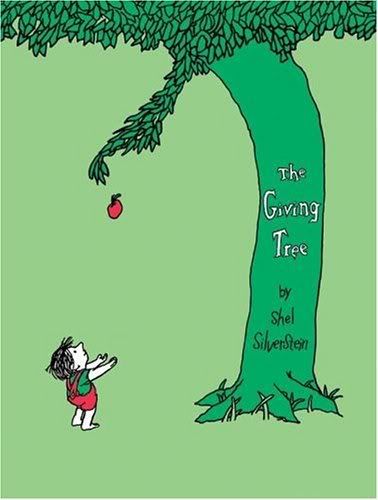Summary
I'll be honest in saying that I didn't hear of Mr. Popper's Penguins until the movie came out. After watching the previews, I dismissed the thought of actually watching the movie because I thought it looked pretty silly. When I saw it on our reading list, I was drawn because I happen to love deciding if movies do books justice. I always take the side of the book, although I'm not always disappointed when it comes to the movies.
I'll be honest in saying that I didn't hear of Mr. Popper's Penguins until the movie came out. After watching the previews, I dismissed the thought of actually watching the movie because I thought it looked pretty silly. When I saw it on our reading list, I was drawn because I happen to love deciding if movies do books justice. I always take the side of the book, although I'm not always disappointed when it comes to the movies.
Mr. Popper's Penguins is a hilarious tale of a painter who truly finds himself when he receives a mysterious shipment from an Arctic explorer named Admiral Drake. Soon, he receives a second penguin, who breeds with the first, and the Popper family ends up in quite a conundrum with 12 penguins rapidly eating through their limited finances. The family then trains the penguins and takes the show on the road. It ends with a big decision at the hands of Mr. Popper, who quickly decides to do what is best for his penguins, forsake the Hollywood promise of fame and fortune, and join the Admiral in his attempt to bring penguins to the North Pole.
Personal Impressions
Atwater created a most delightful book when he wrote Mr. Popper's Penguins. I enjoyed it immensely and found that it was quite a quick read. I'll throw this in: After I finished the book, one of my 6th grade female students came up to me and said, "Mrs. Kline, guess what I am reading!" I asked, and she responded with, "Mr. Popper's Penguins because I saw you reading it!" It was a proud moment for me. I am constantly looking for ways to help my students want to read. I really do believe that everyone can learn to love reading; they just need the right book. Since joining the UNT SLIS program, I find myself working even harder to promote reading outside of school amongst my students. Apparently seeing me read helps to motivate my kids.
Professional Review
Mr. Popper's Penguins by Richard and Florence Atwater
{Gr. 1—4):
A penguin named Captain Cook arrives at Mr.Popper's house courtesy of Admiral Drake. The penguin is sad until the Poppers purchase a second penguin—Greta. Captain Cook and Greta have 10 chicks. "They were Nelson, Columbus, Louisa, Jenny, Scott, Magellan, Adelina, Isabella, Ferdinand, and
Victoria." The Poppers run out of money feeding the penguins and altering their house, so they become a traveling show—the Popper Performing Penguins. This book made its first appearance in 1938. lO'Minute Selection: Read Chapter 6, "More Troubles," which opens with the line, "The children were the first
to notice the policeman." The officer is responding to a complaint about Captain Cook. Later on, Mr. Popper tries to find out "what the municipal ordinance about penguins is." He gets nowhere. Skip to Chapter 8, "Penguin's Promenade." Mr. Popper takes Captain Cook on a neighborhood stroll. People refer to the penguin as a goose, a pelican, and a dodo. Mr. Popper and Captain Cook escape into a barbershop. The barber throws them out. Mr. Popper hails a taxi and they return home. The passage ends with "He went to lie down, for he was quite exhausted from all the unusual exercise, while Captain Cook had a shower and
took a nap in the icebox."
Library Uses
As for the library, I think Mr. Popper's Penguins has several uses. My first thought is to have a cross-genre comparison where the students read the novel, watch the movie, and compare/contrast the two by using a Venn diagram. One of our TEKS objectives deals with cross-genre comparison, and it is a weak point amongst the students at my school. I think the librarian could help with this lesson by playing a book on CD version, stocking the movie, and helping the students brainstorm the similarities and differences. I personally feel that librarians have a lot to offer ELAR teachers, and I think it'd be amazing to see what some team-teaching might do.
As for the library, I think Mr. Popper's Penguins has several uses. My first thought is to have a cross-genre comparison where the students read the novel, watch the movie, and compare/contrast the two by using a Venn diagram. One of our TEKS objectives deals with cross-genre comparison, and it is a weak point amongst the students at my school. I think the librarian could help with this lesson by playing a book on CD version, stocking the movie, and helping the students brainstorm the similarities and differences. I personally feel that librarians have a lot to offer ELAR teachers, and I think it'd be amazing to see what some team-teaching might do.
References
Atwater, R., & Atwater, F. (1938). Mr. popper's penguins. New York, NY: Little brown and company. Reid, R. (2010). Classics to read aloud. Retrieved 09 Oct. 2012 from: http://www.ala.org/offices/publishing/booklist/booklinks

